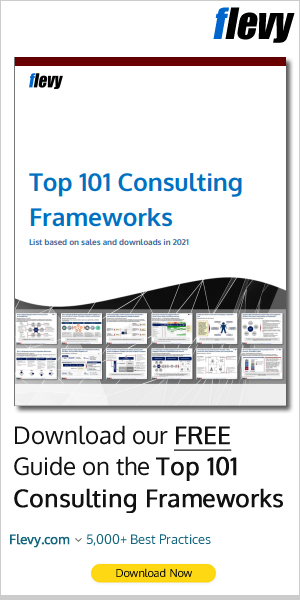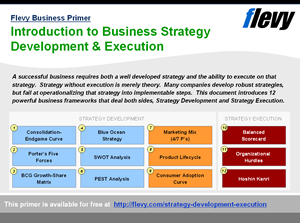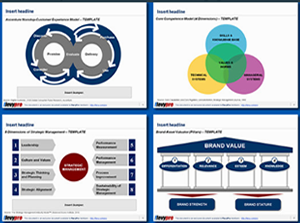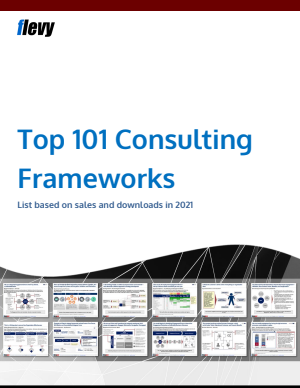Modern manufacturing faces the dual challenge of reducing environmental impact while maintaining productivity and profitability. Theory of Inventive Problem Solving (TRIZ) addresses such contradictions like improving material efficiency without compromising product quality or increasing production speed without escalating energy consumption. TRIZ, is a groundbreaking methodology developed by Soviet inventor Genrich Altshuller. Originating from an extensive […]
Archive | Management & Leadership RSS feed for this section

Stage-Gate Process
The high demand for innovation coupled with slim margins for error can overwhelm management, creating significant pressures across various sectors. The Stage-Gate Process, developed by Dr. Robert G. Cooper, stands out as a premier framework for managing these challenges. This process meticulously guides projects through a series of stages and gates, ensuring rigorous evaluation and […]

CATWOE Analysis
Problem solving is integral to the daily routines of executives and managers. Effective problem solving is critical for organizational success and involves a systematic approach to identifying, analyzing, and resolving issues. The CATWOE framework, part of the Soft Systems Methodology (SSM), offers a structured way to address complex, ill-structured problems. Developed by Peter Checkland in […]

4 Zones of Organizational Energy
Boosting employee motivation and engagement levels is a constant struggle for executives. Technical and analytical competence has long dominated management focus, but scholars and executives now acknowledge the significant impact of emotions and opinions on corporate behavior. However, connecting emotions to performance goals still remains a challenge for most organizations. Leaders must go beyond merely creating […]

Feedback Is the Breakfast of Champions – Understanding the McKinsey Feedback Model
According to Ken Blanchard, the co-founder of Situational Leadership, “Feedback is the breakfast of champions.” McKinsey is a feedback-driven culture. Their culture has developed better consultants and made sure that there is greater client impact. Even less tenured consultants are expected to provide frequent, upward feedback to their leadership. Providing feedback is critical to helping […]

4 Actions Framework
A multitude of industry sectors find themselves ensnared in relentless competition as organizations strive vigorously, frequently contending over identical attributes, all the while presenting comparable goods or services. This fiercely competitive environment has clear and accepted boundaries with well-defined competitive rules. Companies strive to surpass their competitors and capture a larger portion of the product […]

Vested Outsourcing
Conventional outsourcing models often fail to deliver sustainable value and strategic alignment, specially in this rapidly evolving global economy. This has driven organizations to adopt Vested Outsourcing, a transformative approach that fosters collaborative, outcome-based relationships between clients and service providers. Vested Outsourcing shifts the focus from mere transactions to achieving shared, long-term success, enabling both […]

MOST Analysis
MOST Analysis (Mission, Objectives, Strategies, and Tactics) is a powerful framework that redefines Strategic Planning and enhances organizational alignment. By focusing on internal processes and organizational culture, MOST transforms abstract visions into actionable objectives, driving organizations toward success. The framework begins with defining the mission, outlining the organization’s purpose. Objectives translate this mission into specific, […]

Organizational DNA: The 4 Building Blocks to Effective Execution
The most resilient and consistently successful companies have discovered that the devil is in the details of the organization. No company may ever totally master the enigma of execution. But for them organizing to execute has truly become a competitive edge. Execution only becomes effective when the company’s DNA is holistically integrated. This means weaving […]

Process Communication Model (PCM): Personality Types
Understanding others has a lot to do with collaboration, performance management, and building effective teams. Developed by Taibi Kahler in the 1970s, Process Communication Model (PCM) is a prominent psychometric tool for individual and team development. The main utility of the PCM model is in understanding others’ personality types, discovering one’s own personality, and personifying […]

Strategic Management Done Right: Set up a Strategic Management Office (SMO)
Most organizations struggle with Strategy execution. In fact, numerous studies from top consulting firms (including McKinsey, Bain, BCG) and Harvard Business Review have shown approximately 70% of strategies fail due to poor execution. Furthermore, organizations only realize about 60% of their strategies’ value. Having a Strategic Management Office–i.e. SMO–may improve your chances of success. The […]

5 Elements of a Problem Statement
Managing any organization can be described as a constant stream of problems that need to be managed and solved. However, oftentimes, people like to immediately implement solutions without having spent the time and effort to truly understand and analyze the true nature of the problem at hand. Thus, organizations end up spending a lot of […]














